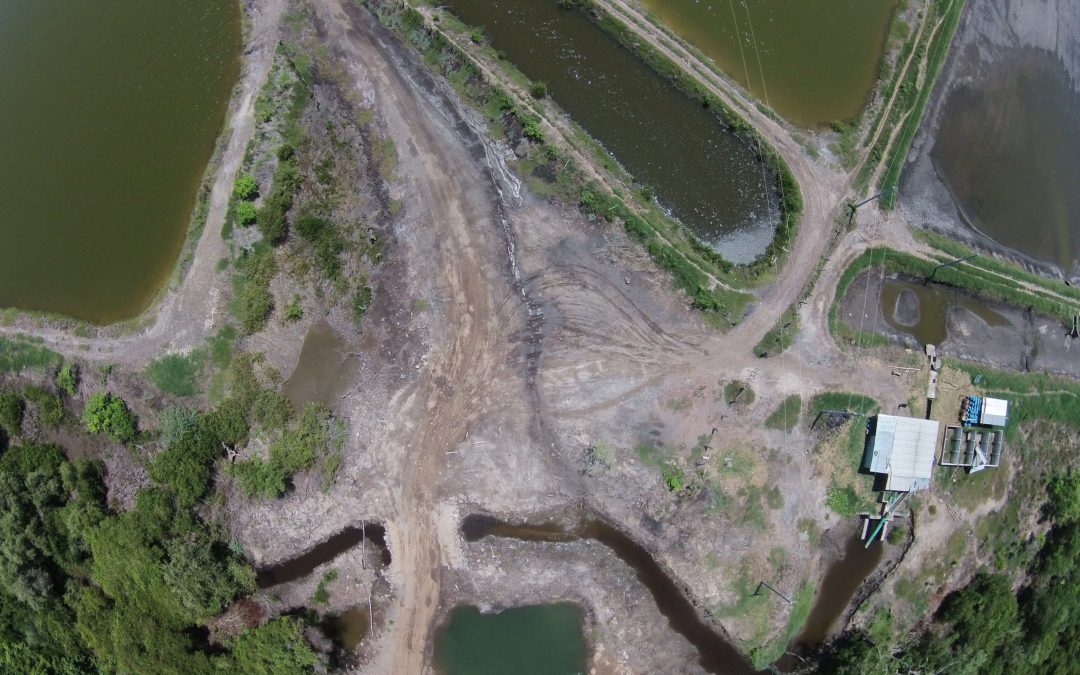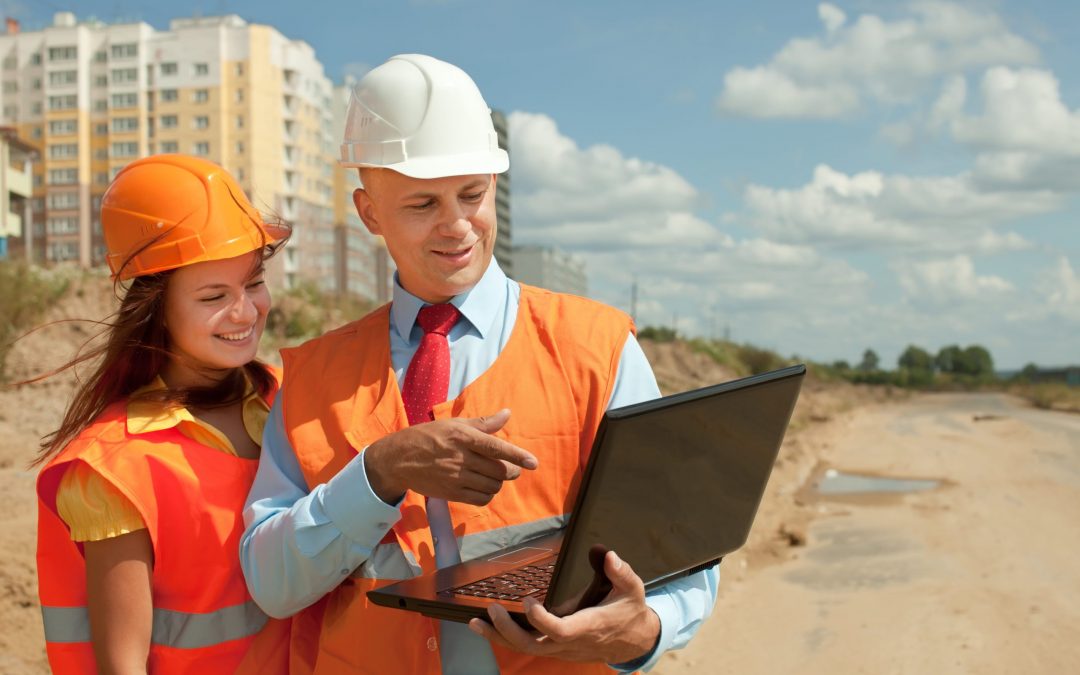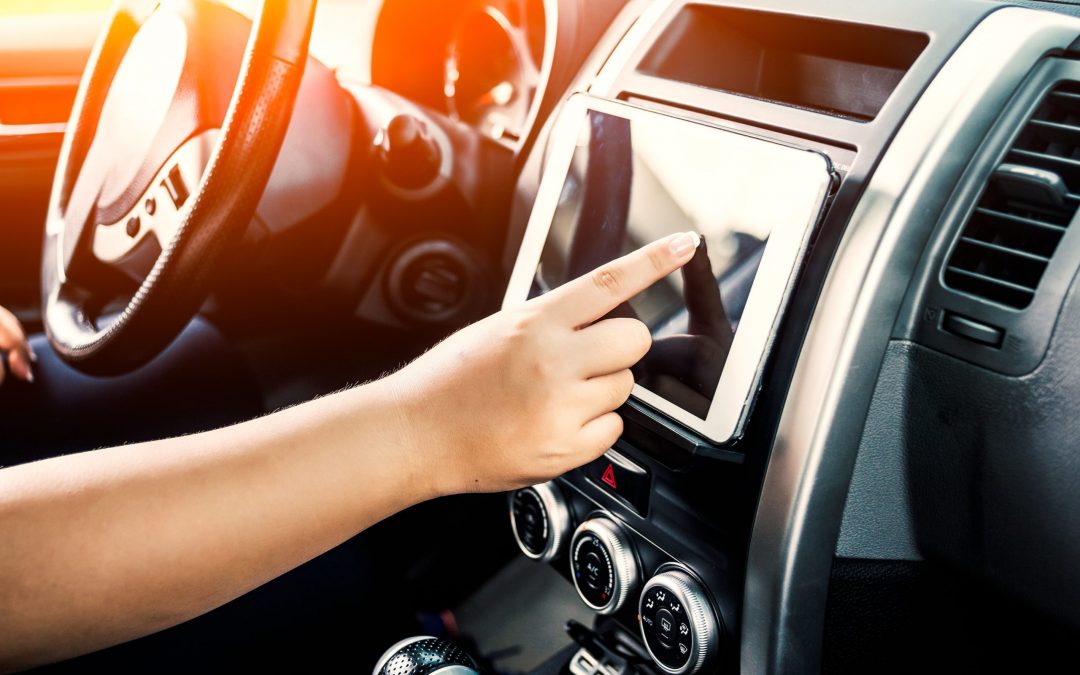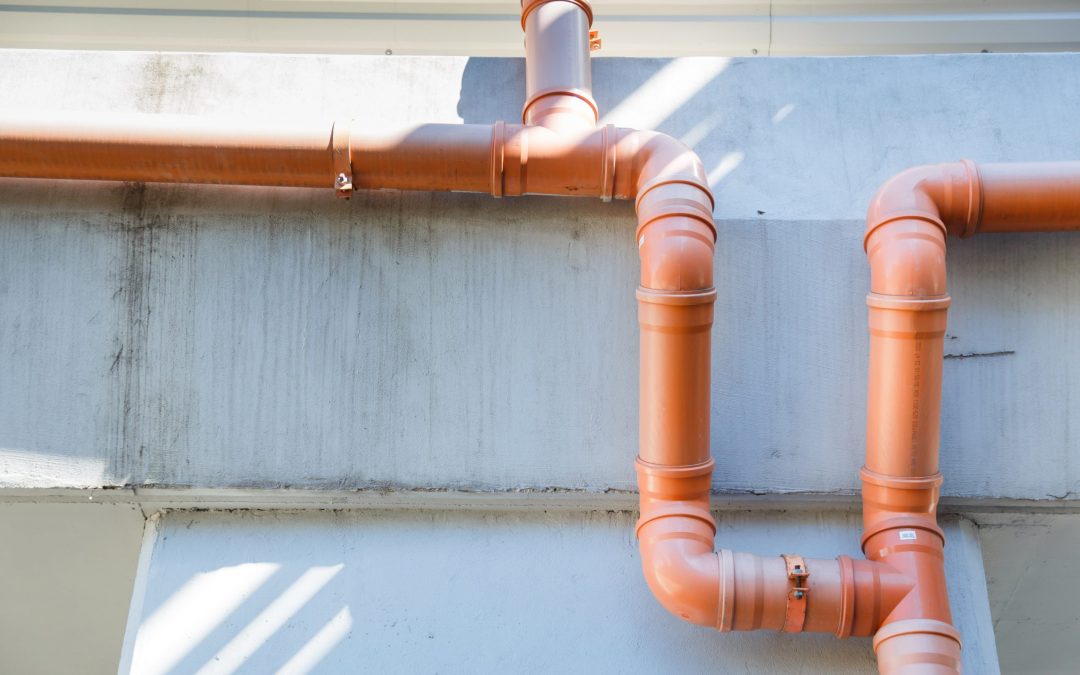
by simona | August 4, 2020 | International Water engineering degree
Wastewater is used water. It includes substances such as human waste, food scraps, oils, soaps and chemicals. In homes, this includes water from sinks, showers, bathtubs, toilets, washing machines and dishwashers.
What is wastewater?
If the term ‘wastewater treatment’ sounds confusing, you might think of it as ‘sewage treatment’. Much of the water that people, industries and business use need to undergo treatment before we can release it back to the environment.
Nature has an amazing ability to handle small amounts of water wastes and pollution but it would be overwhelming if we did not treat the billions of litres of wastewater and sewage produced every day. Treatment plants reduce pollutants in wastewater to a level nature can handle.
Wastewater also includes storm runoff. Although some people assume that the rain that runs down the street during a storm is fairly clean, it is not. Harmful substances that wash off roads, parking lots and rooftops can harm our rivers and lakes.
Why treat wastewater?
Treating wastewater is a matter of carrying for our environment and for our own health. There are a lot of good reasons why keeping our water clean is important.
FISHERIES: Clean water is critical to plants and animals that live in water. This is important to the fishing industry, sport fishing enthusiasts and future generations.
WILDLIFE HABITATS: Our rivers and ocean waters teem with life that depends on shoreline, beaches and marshes. They are critical habitats for hundreds of species of fish and other aquatic life. Migratory water birds use the areas for resting and feeding.
RECREATION AND QUALITY OF LIFE: Water is a great playground for us all. The scenic and recreational values of our waters are reasons many people choose to live where they do. Visitors enjoy water activities such as swimming, fishing, boating and picnicking.
HEALTH CONCERNS: If it is not properly cleaned, water can carry disease. Since we live, work and play so close to water, harmful bacteria have to be removed to make water safe.
Effects of wastewater pollutants
If we don’t properly treat wastewater, it can have a negative impact on the environment and our health.
- Decaying organic matter and debris can use up the dissolved oxygen in a lake so fish and other aquatic biotas cannot survive;
- Excessive nutrients, such as phosphorus and nitrogen (including ammonia), can cause eutrophication or over-fertilization of receiving waters, which can be toxic to aquatic organisms, promote excessive plant growth, reduce available oxygen, harm spawning grounds, alter habitat and lead to a decline in certain species;
- Chlorine compounds and inorganic chloramines can be toxic to aquatic invertebrates, algae and fish;
- Bacteria, viruses and disease-causing pathogens can pollute beaches and contaminate shellfish populations, leading to restrictions on human recreation, drinking water consumption and shellfish consumption;
- Metals, such as mercury, lead, cadmium, chromium and arsenic can have acute and chronic toxic effects on species;
- Other substances such as some pharmaceutical and personal care products, primarily entering the environment in wastewater effluents, may also pose threats to human health, aquatic life and wildlife.
Wastewater treatment
The major aim of wastewater treatment is to remove as much of the suspended solids as possible before the remaining water (effluent) goes back to the environment. As solid material decays, it uses up oxygen, which plants and animals living in the water need.
“Primary treatment” removes about 60 per cent of suspended solids from wastewater. This treatment also involves aerating (stirring up) the wastewater, to put oxygen back in. Secondary treatment removes at least 85 per cent of suspended solids.
Thanks for taking the time to read our blog post about wastewater treatment. Do you want to study abroad in Spain? Take a look at our Water engineering study programme and feel free to talk to our counsellor for more information.

by simona | July 12, 2020 | International Civil engineering degree
If you are interested in joining the field of Civil Engineering, you should be familiar with the following programs. In particular, these programs help civil engineers in their daily duties. Whether it is modelling pipe networks or detention/water quality ponds, or making sure they are staying on schedule, these five programs are fundamental to the job!
AutoCad Civil 3D
Easily the most used program in the industry, Civil 3D is a civil engineering drafting software with a multitude of design, analysis and simulation tools for civil engineering design. If we are talking high level, we use CAD to create sets of plans known as construction documentation. From polylines to feature lines, pipe networks to profiles, Civil 3D’s range of tools will allow you to create innovative and detailed designs.
Want to try Civil 3D free for 30 days?
HEC-HMS
Considered a standard for hydrologic simulation, The Hydrologic Modeling System (HEC-HMS) is designed to simulate the hydrologic process of watershed systems and provides you with nearly all the drainage values you could need. In the program, you describe the physical properties of a watershed and the meteorology that act on the watershed during a defined time span of simulation. Additionally, the simulation results are easy to understand. Furthermore, summary tables for each element include peak flow, total volume, depth and storage values in reservoirs and ponds, and more.
Developed at the Hydrologic Engineering Center of the US Army Corps of Engineers, HEC-HMS is available to the public.
HEC-RAS
In addition to HEC-HMS, the Hydrologic Engineering Center of the US Army Corps of Engineers has also created the River Analysis System (HEC-RAS). This program models the hydraulics of water flow through rivers and channels of many cross-sections. This program will help you determine if water can travel through specific structures (channel, stream, bridge, culvert, etc…) safely without causing adverse flooding in the area. The system is able to analyze both steady and unsteady flow, sediment transport computations and water quality components. Additionally, it is used for floodplain management with the help of its mapping tools.
This program is also available to the public.
Microsoft Project
Project is Microsoft’s project management tool. It is similar to Microsoft Office, specifically Excel, with its user interface, making navigating the program easy. Scheduling is very important when it comes to managing engineering projects. With the knowledge of basic scheduling concepts such as activity relationships, critical paths, Gantt Charts, and more, Microsoft Project will enable you to create detailed schedules to manage your different projects.
Try Microsoft Project with a free trial.
StormCAD
StormCAD is a modelling and analysis program for drainage system, stormwater and sanitary sewer design. Civil engineers use it daily to size pipes and structures for a variety of development projects. StormCAD can provide calculations for drainage area runoff, inlet capacity, gutters and pipe network flow and more. The outputs and custom report generator are helpful in providing necessary information to ensure your system is engineered correctly. With GIS and AutoCAD support, importing and exporting between programs makes doing the job that much easier!
Want to know more about StormCAD? Check out their overview video!
Thanks for taking the time to read our blog post about programs in civil engineering. Do you want to study abroad in Spain? Take a look at our Civil engineering study programme and feel free to talk to our counsellor for more information.

by simona | June 7, 2020 | International MBA degree
Good management skills are vital for any organisation to succeed and achieve its goal and objectives. Above all, a manager who fosters good management skills is able to propel the company’s mission and vision or business goals forward with fewer hurdles and objections from internal and external sources.
Management skills are crucial for various positions and at different levels of a company. According to American social and organisational psychologist Robert Katz, the three basic types of management skills include:
- Technical skills,
- Conceptual skills and
- Human or Interpersonal skills.
Technical skills
Technical skills give managers the ability and the knowledge to use a variety of techniques to achieve their objectives. These skills not only involve operating machines and software, production tools, and pieces of equipment but also the skills needed to boost sales, design different types of products and services, and market the services and the products.
Conceptual skills
These involve the skills managers present in terms of the knowledge and ability for abstract thinking and formulating ideas. In detail, the manager is able to see an entire concept, analyze and diagnose a problem, and find creative solutions. Consequently, this helps the manager to effectively predict hurdles their department or the business as a whole may face.
Human or Interpersonal skills
The human or the interpersonal skills are the skills that present the managers’ ability to interact with people. Specifically, these skills enable the managers to make use of human potential in the company. Furthermore, to motivate the employees for better results.
Bottom line
Management skills are a collection of abilities that include things such as business planning, decision-making, problem-solving, communication, delegation and time management.
While different roles and organisations require the use of various skillsets, management skills help a professional stand out and excel no matter what their level.
Thanks for taking the time to read our blog post on three types of management skills you need. Still thinking about which MBA programme is best for you? Take a look at our International MBA!

by simona | May 6, 2020 | International Telematics engineering degree
Vehicle Tracking Systems have become a standard feature in the modern world. These systems utilise GPS to keep track of the location of each vehicle in a fleet. Other methods of vehicle tracking include lower distance travel. One example is if the tracked vehicle stays on one site. The data gathered is then processed by the software for a variety of purposes.
Vehicle Tracking Systems consist of three components. These include the user interface used by the fleet manager, the back-end server which receives, stores and processes data and the individual tracking devices located in each vehicle. The system can track speed, acceleration, braking, fuel tank levels, tire pressure and any other data that the vehicle records. This is then transmitted by the device to the tracking system server. The tracking system server processes the data it received from the fleets. It analyses it based on prior instructions or instructions coming in real-time from the user interface. The user interface is the software that the fleet controller sees.
Commercial fleets
The most common use of vehicle tracking systems is in commercial fleet management. These systems were initially used by haulage companies to gain an advantage over their competitors. They are now common in in-house commercial fleets. The systems can promote fuel efficiency and route completion times by automatically adjusting vehicle routes based on data from not just current location but also third party data on traffic conditions, as well as factors such as driver break requirements.
Public transit
Buses run by public transit authorities, or in some countries such as the UK by commercial fleets regulated by city councils, often use vehicle tracking systems to provide expected arrival times to customers. These systems can also allow fleet controllers to instruct drivers to wait to space out services and to divert routes when there is heavy traffic, accidents or road closures.
Salesforce
Company salesforce employees and agents can also benefit from the use of vehicle tracking systems. These are used in conjunction with satellite navigation systems to help find locations in unfamiliar regions. They can also be used to automatically adjust schedules and ternaries based on completed visits in a manner that ensures fuel efficiency and lessens the driving time between destinations.
Theft prevention
Vehicle tracking systems are used by both fleets and individual private customers in the prevention of vehicle theft. Tracked vehicles that have been reported stolen can be tracked to their current location unless the device is removed. Even in cases where the information has been removed, the information can still be retrieved prior to removal and can be used to track down thieves when combined with CCTV footage on route.
Do you want to know more about our Telematics engineering study programme? Talk to our counsellor to get more information.

by simona | March 30, 2020 | International Water engineering degree
Choosing the right water drainage system can be difficult as not all systems are equal. And although there are a number of options on the market, each property has its own unique requirements.
The local environment
Some surface water drainage systems aren’t designed for all climates and weather conditions. When you’re choosing a surface water drainage system you should take into account how the surrounding environment will affect installation, effectiveness and longevity.
Rainfall
Rainfall is the biggest factor in assessing the effectiveness of any surface water drainage system. Annual rainfall levels, frequency, and the likelihood of large deluges or steady amounts spread over the year are important factors. Not only will these affect the capacity of the system, they will also influence installation factors.
Important factors include:
- The width of PVC piping for additional drainage
- The fall of the drainage system over its total area
- Placement on the surface
Debris
Some surface water drainage systems handle debris better than others. If you are installing the system in an area surrounded by trees, long grass, or soil debris, you have to ensure that during high levels of rainfall your system is not overwhelmed by debris. Most good systems come with attachments and other measures. This includes gratings or leaf baskets to reduce the amount of debris that enters them while still maintaining maximum drainage capacity. Choose a system that provides additional barrier against debris.
Soil type
The soil surrounding your surface water drainage system can play havoc with its effectiveness and lifetime if not correctly accounted for. Make sure you understand the soil type, how much it is likely to shift, contract or expand in different weather conditions, and install the system in a way that is flexible and works in all conditions.
Price and quality
Price is naturally going to be a factor. However, you should aim for the best combination of quality and price that is within your budget. Systems can vary widely in price. This depends on the brand, the number of attachments and sustainability for the area the system needs to cover.
Installation area
The area that you need covered by the surface water drainage system will play a part in the decision. If it is a large area with decent natural drainage you may be comfortable for a cheaper system or one with reduced capacity. Alternatively, in a tight area that is likely to pool water in the event of a downpour, you will definitely be aiming for something with decent capacity, possibly at the higher end of the price range.
Do you want to know more about our Water engineering study programme? Talk to our counsellor to get more information.






Recent Comments